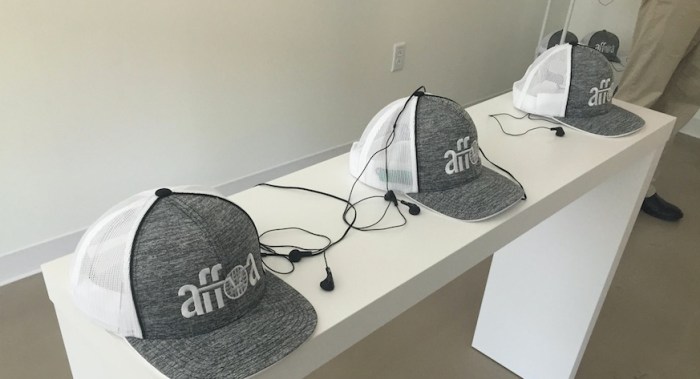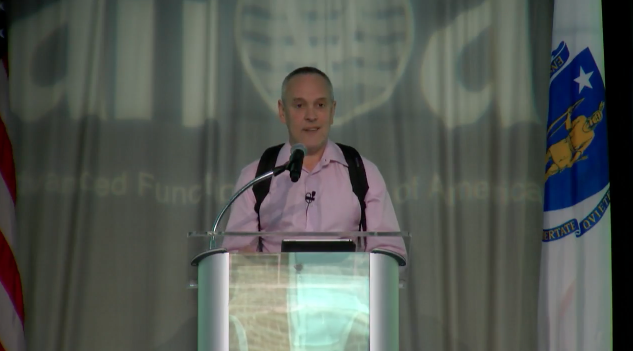The future has long promised tech advances that take over mundane tasks like household chores, but though there’s no all-in-one robot housekeeper a la Rosie from The Jetsons on the market just yet, a new system out of MIT’s Computer Science and Artificial Intelligence Laboratory could bring the idea of a robot maid closer to reality.
Right now, though, the concept lives within a simulated world inspired by The Sims.
In a paper published on May 30, a group of computer scientists spearheaded by MIT CSAIL and the University of Toronto detail their “VirtualHome” system, which can simulate household activities like making coffee or setting the table and then instruct “artificial agents” — basically virtual characters, like Sims — to carry out those tasks.
The tricky part in making a robot maid a reality, according to MIT CSAIL, has to do with how robots carry out instructions. When you tell a person to turn on the TV, they know that they need to grab the remote. Robots, though, need more explicit commands, like to pick up the remote in the first place.
In the VirtualHome system, computer scientists were able to test this, breaking down household chores into a clear set of tasks that a computer can understand.
How to teach a robot maid to do chores
The team collected verbal descriptions of household activities — like making coffee, getting milk out of the fridge, or putting a pot on the stove— and turned them into code for a computer program. They created more than 3,000 programs for different activities.
“Describing actions as computer programs has the advantage of providing clear and unambiguous descriptions of all the steps needed,” said PhD student Xavier Puig, co-lead author on the paper, in a statement. “These programs can instruct a robot or a virtual character.”
Once the programs were created, the computer scientists put them into the VirtualHome simulator, turning them into videos. The virtual characters could then complete the task after seeing the video demonstration.

Xavier Puig working with the Virtual Home system. Photo: Jason Dorfman/MIT CSAIL
The end result, according to MIT CSAIL, is a system that can train robots to do chores.
In the future, these computer scientists hope to train real robots with the simulation videos. Then, robots could learn how to do certain things just by watching YouTube, meaning your robot maid could teach itself new tasks.
“You can imagine a setting where robots are assisting with chores at home and can eventually anticipate personalized wants and needs, or impending action,” Puig said. “This could be especially helpful as an assistive technology for the elderly, or those who may have limited mobility.”

























